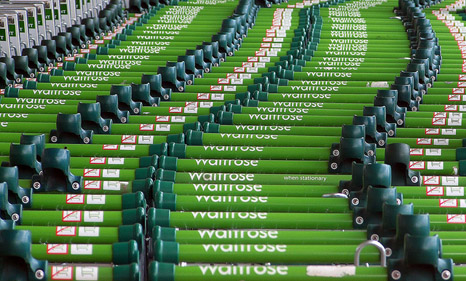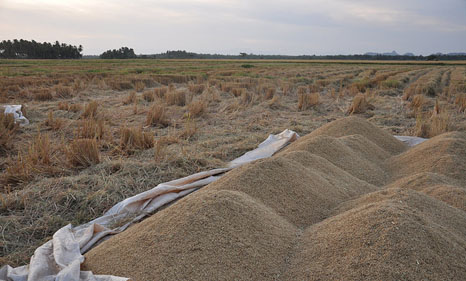
OVERVIEW
MANAGEMENT
PERFORMANCE
POSSIBILITIES
CAPITALS
ACTIVITIES
ACTORS
BURGESS
Food |
|
Burgess COMMENTARY |
|
Colossal food waste hitting energy, land and water supplies Energy, water and land are being squandered as the world throws out as much as half the food it produces. A report, Global Food: Waste Not Want Not, by the UK’s Institute of Mechanical Engineers (IMechE) has found that 30-50%, or 1.2-2 billion tonnes, of produced food is wasted by poor storage, bad distribution and exacting quality standards in the developed world. “As water, land and energy resources come under increasing pressure from competing human demands, engineers have a crucial role to play in preventing food loss and waste by developing more efficient ways of growing, transporting and storing foods,” said Dr Tim Fox, head of energy and environment at the Institution of Mechanical Engineers. “But in order for this to happen Governments, development agencies and organisation like the UN must work together to help change people’s mindsets on waste and discourage wasteful practices by farmers, food producers, supermarkets and consumers.” With the global population set to top 9 billion with scarce water and energy resources and climate change making conditions for farmers even harder, cutting waste could help to reduce surging food prices. “Most people don’t realise that food waste is not only a moral conundrum wasting food when so many people are hungry, but an environmental problem as well,” Danielle Nierenberg, co-founder of the Food Tank told RTCC.
Agriculture uses 2.7 trillion cubic metres of water a year, that’s 70% of all freshwater use. Wasting 2 billion tonnes of food also means wasting 35% of the world’s fresh water supplies. The World Economic Forum’s Global Risk report identified water scarcity as the top societal threat facing the world. Water is also under increasing demand from the growing populations, industrialising nations and to fulfill an expanding appetite for hydropower.
Hydropower rich Brazil is currently facing a water and energy crisis following a dry summer. India recently announced plans to build 292 dams in the Himalaya to solve its energy crisis but there are concerns the resulting effect on water supplies could be worse. While improved farming techniques have improved crop yields, land degradation from poor management and aggravated by climate change means 12 million hectares of land become barren each year. The IMechE report, notes that just one hectare can provide enough rice or potato for 22 people a year. As nations develop, the appetite for meat also increase placing additional pressures on the amount of land required to feed the population. According to the IMechE report, producing 1 calorie of food requires 7-10 calories of energy input. As agriculture becomes increasingly mechanised this figure could rise. Meeting fuel and electricity demands for agricultural production, storage and transport with sustainable sources is essential, IMechE claims. |
|
By John Parnell
Last updated on 10 January 2013, 6:01 pm |
| The text being discussed is available at http://www.rtcc.org/colossal-food-waste-hitting-energy-land-and-water-supplies/ |

